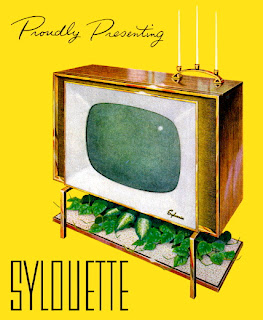The play put on by Theatre Projects Manitoba (TMP) was written by Armin Weibe. Weibe is a Manitoba writer who's work includes many novels about Mennonite life, but this was his first play. It started out as a book, he says, but over the years and through the experience of working the idea in a playwriting class, he developed the idea into a play.
His writing translates beautifully onto the stage. The dialect and characters were all so well developed and engaging to watch. The actors did a fantastic job of bringing the characters to life. Everyone on stage was fully committed to the reality of the play and made this quirky world believable.
The music played live on stage by the Russian houseguest, Beetovan Blatz, added to the feel and atmosphere of the show. The actor playing Blatz did an excellent job of creating this strange and complicated character.
I personally enjoyed the quirky, slapstick ending of the play. It ended as oddly as it began and tied the story up with a cute storybook ending.
 This was the best play I've seen at TPM, a company that regularly puts on interesting new works by Manitoba play writes. I hope this isn't the last time that Armin ventures into the world of playwriting.
This was the best play I've seen at TPM, a company that regularly puts on interesting new works by Manitoba play writes. I hope this isn't the last time that Armin ventures into the world of playwriting.





